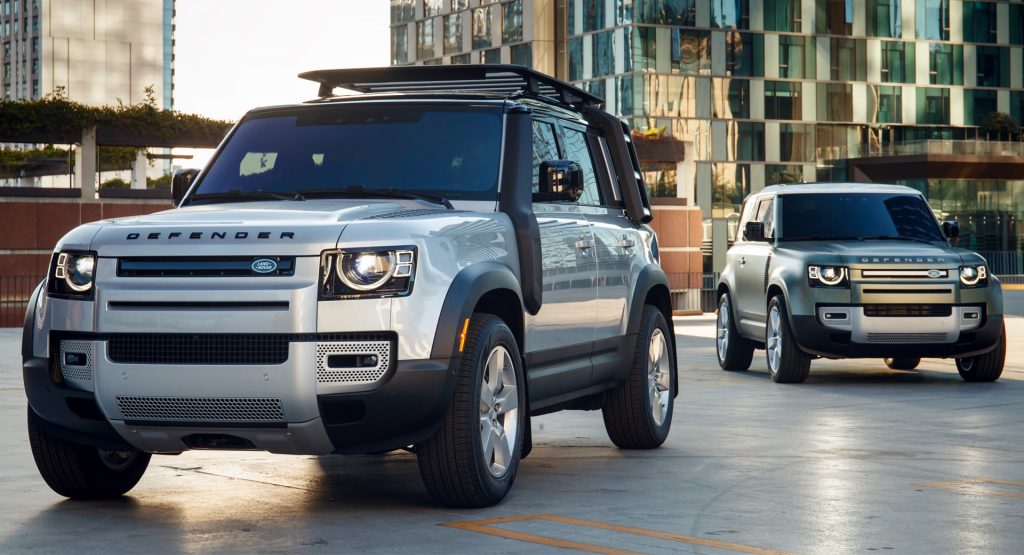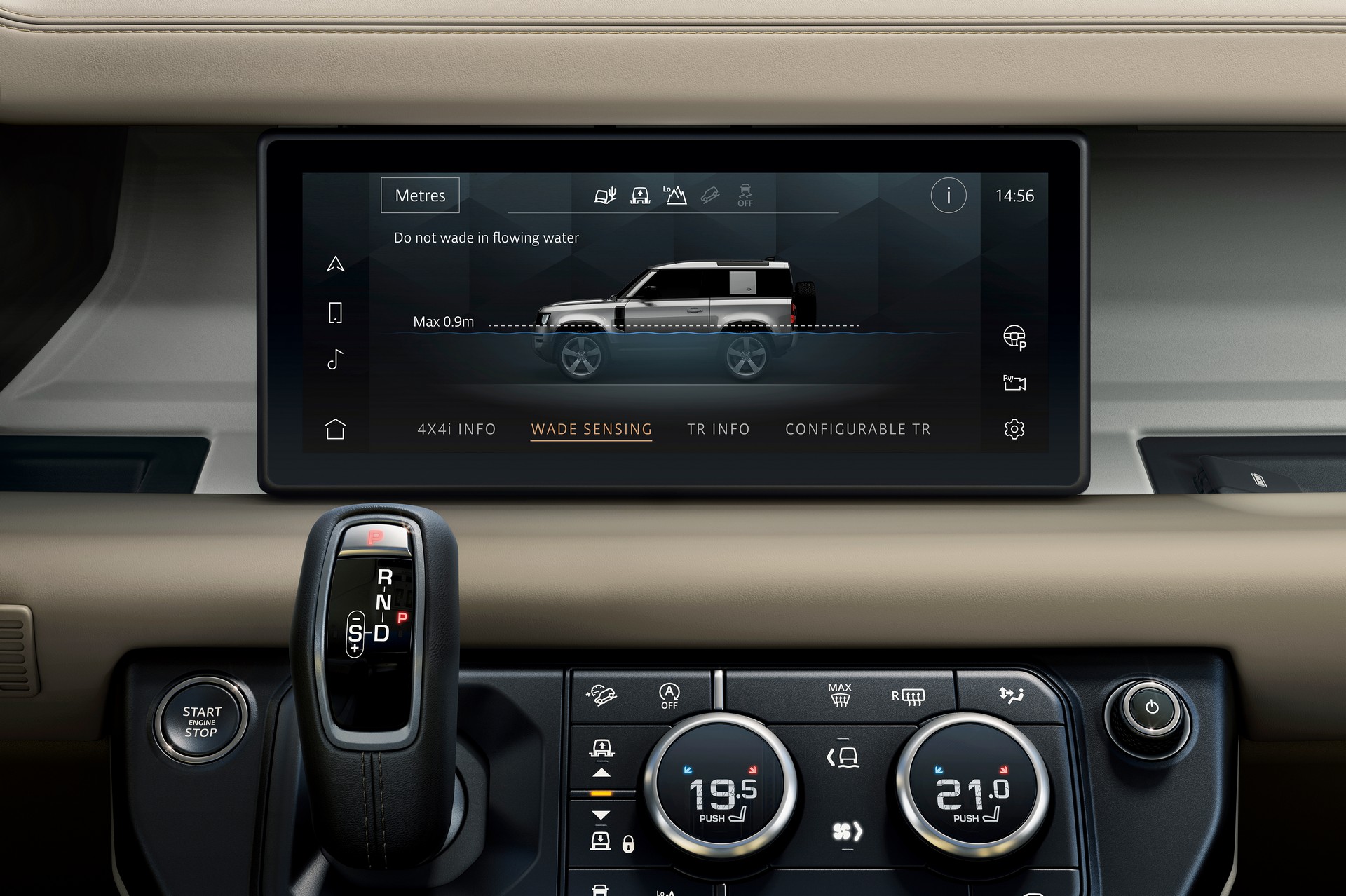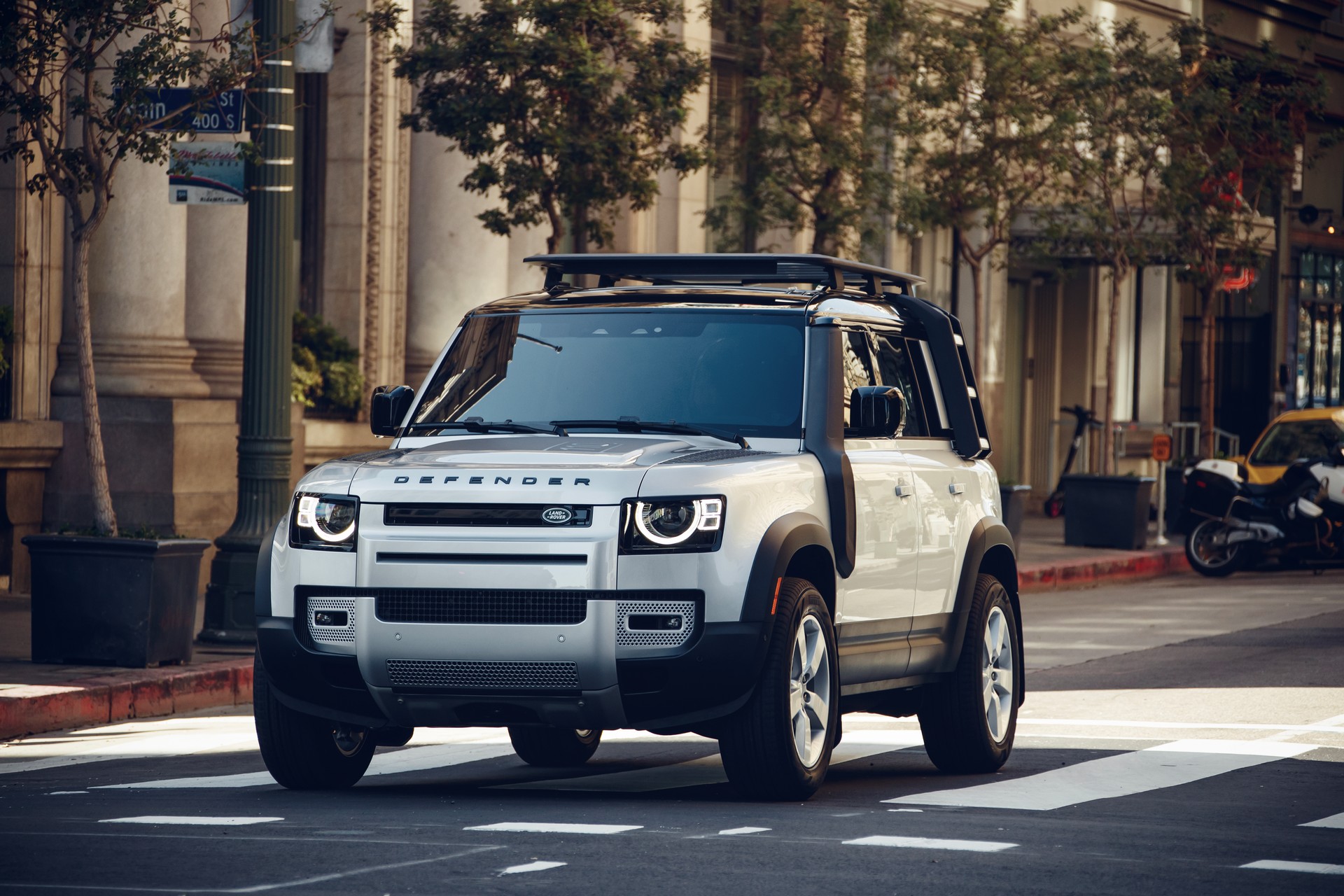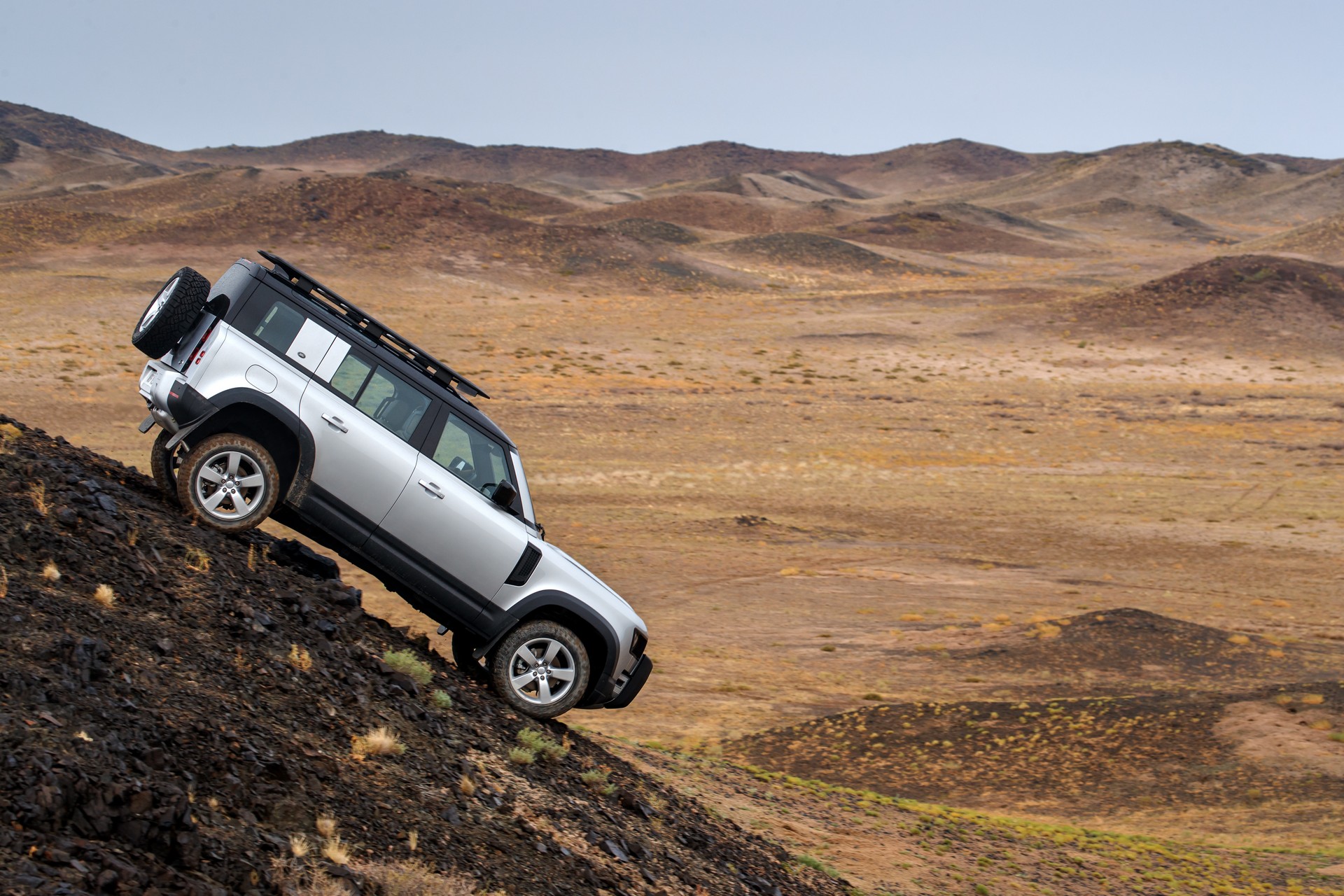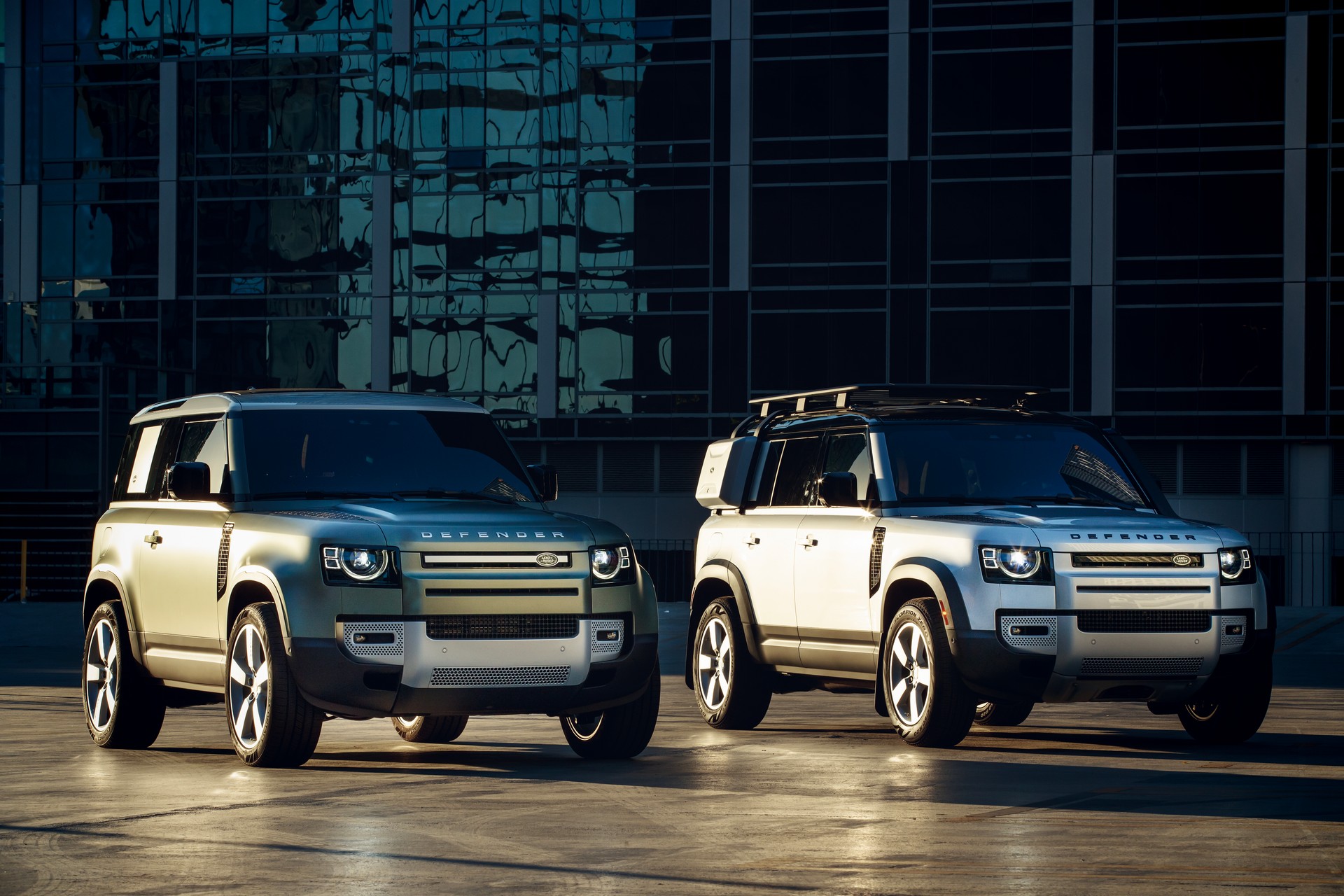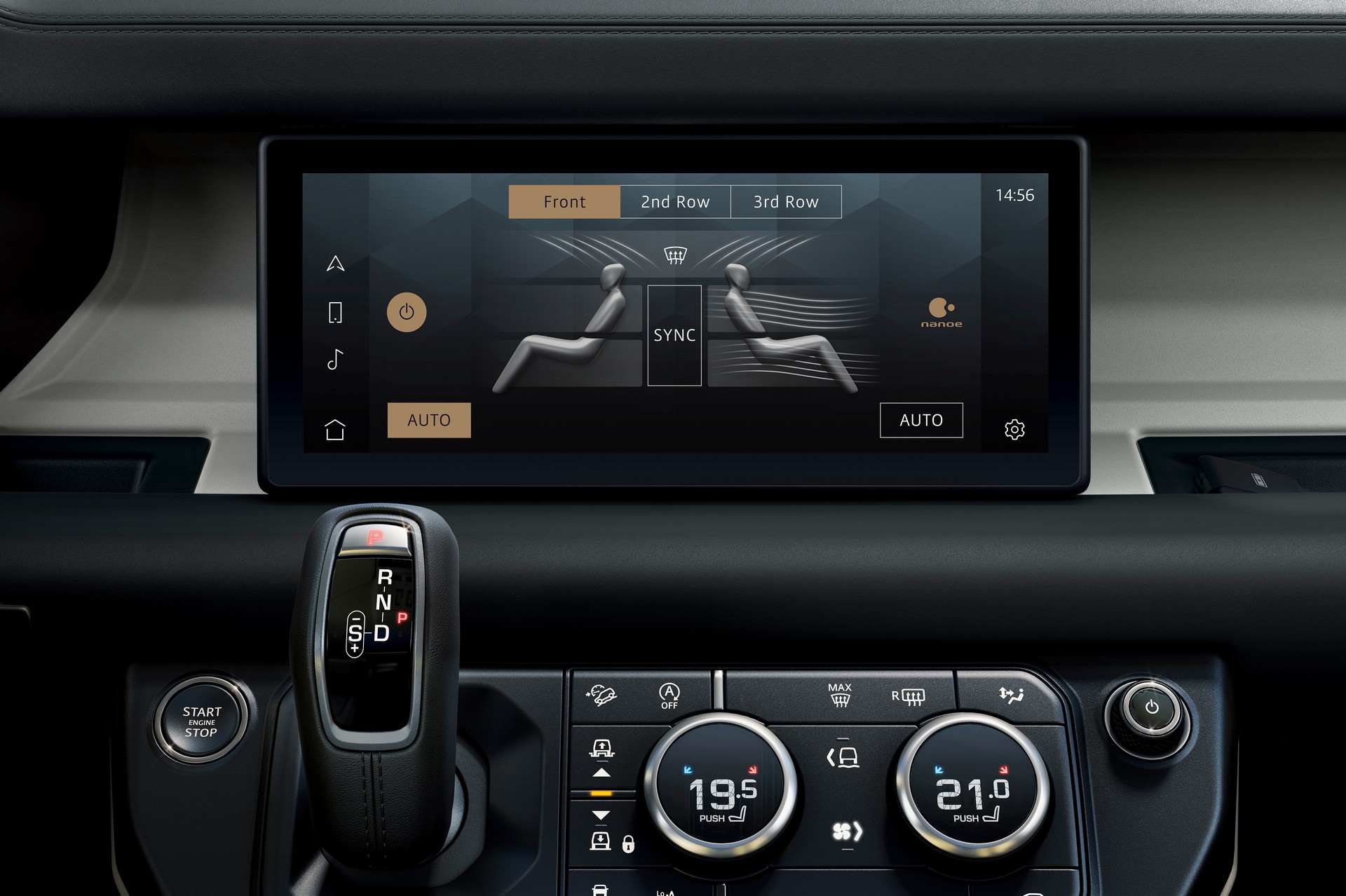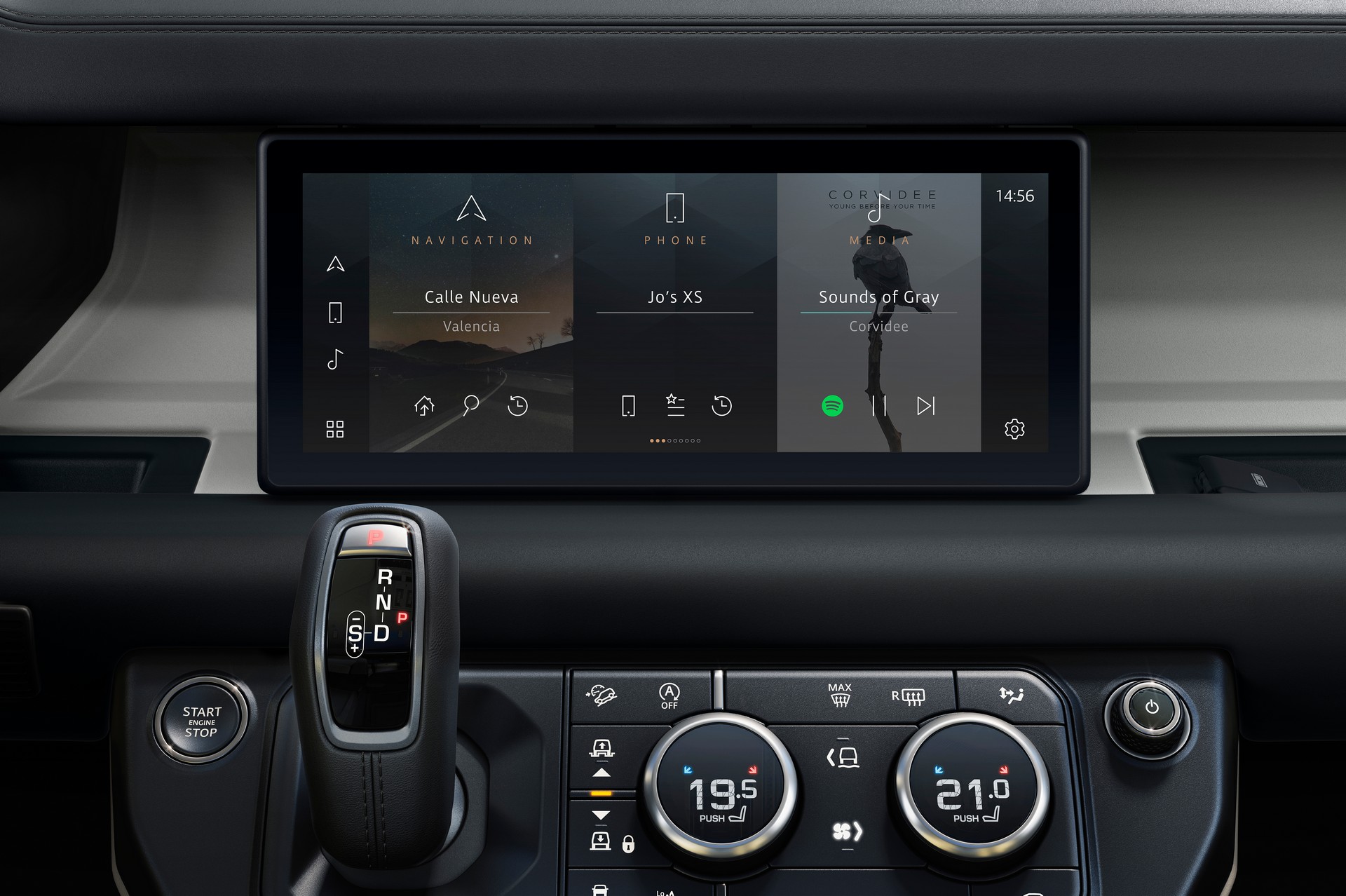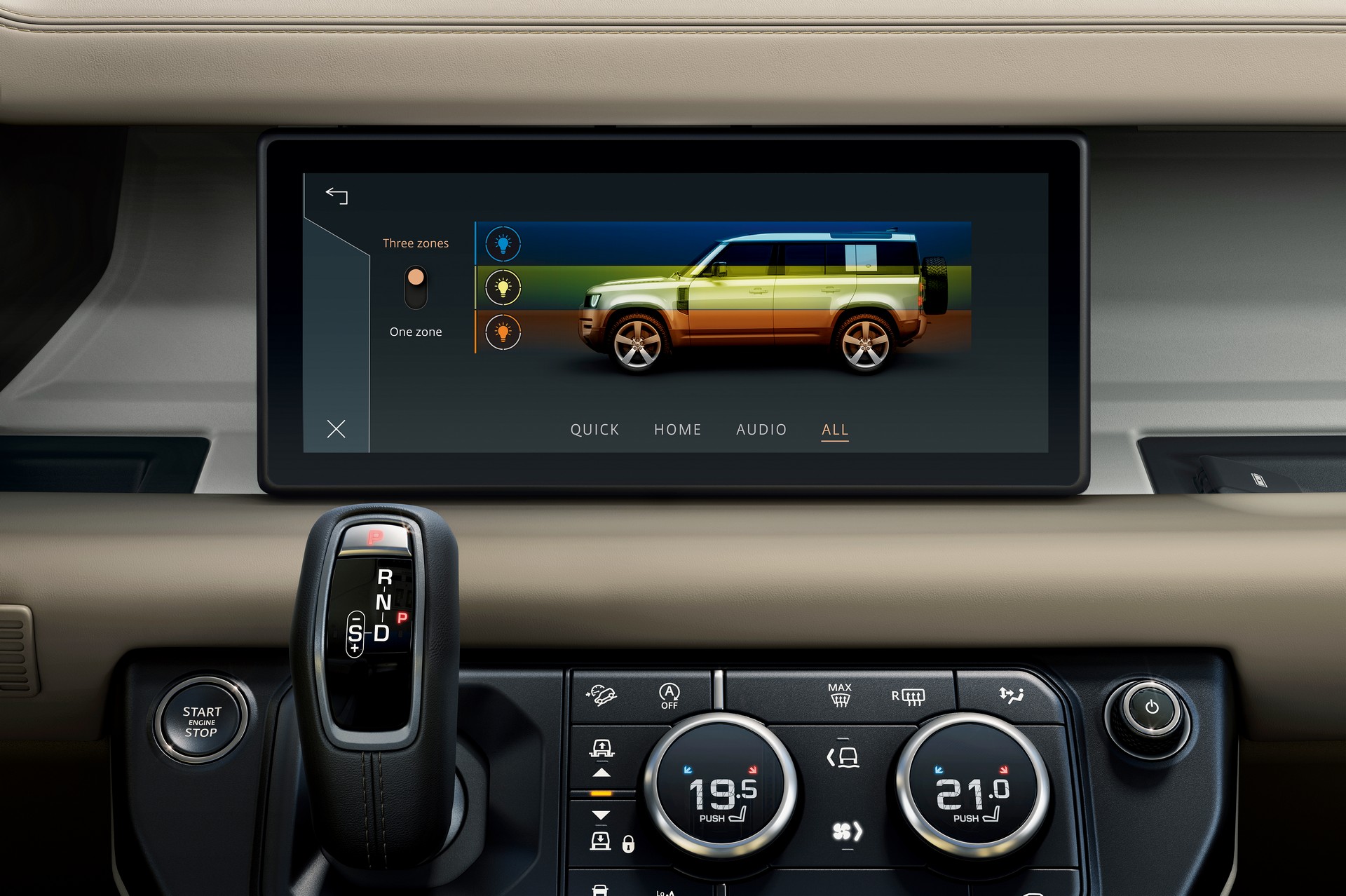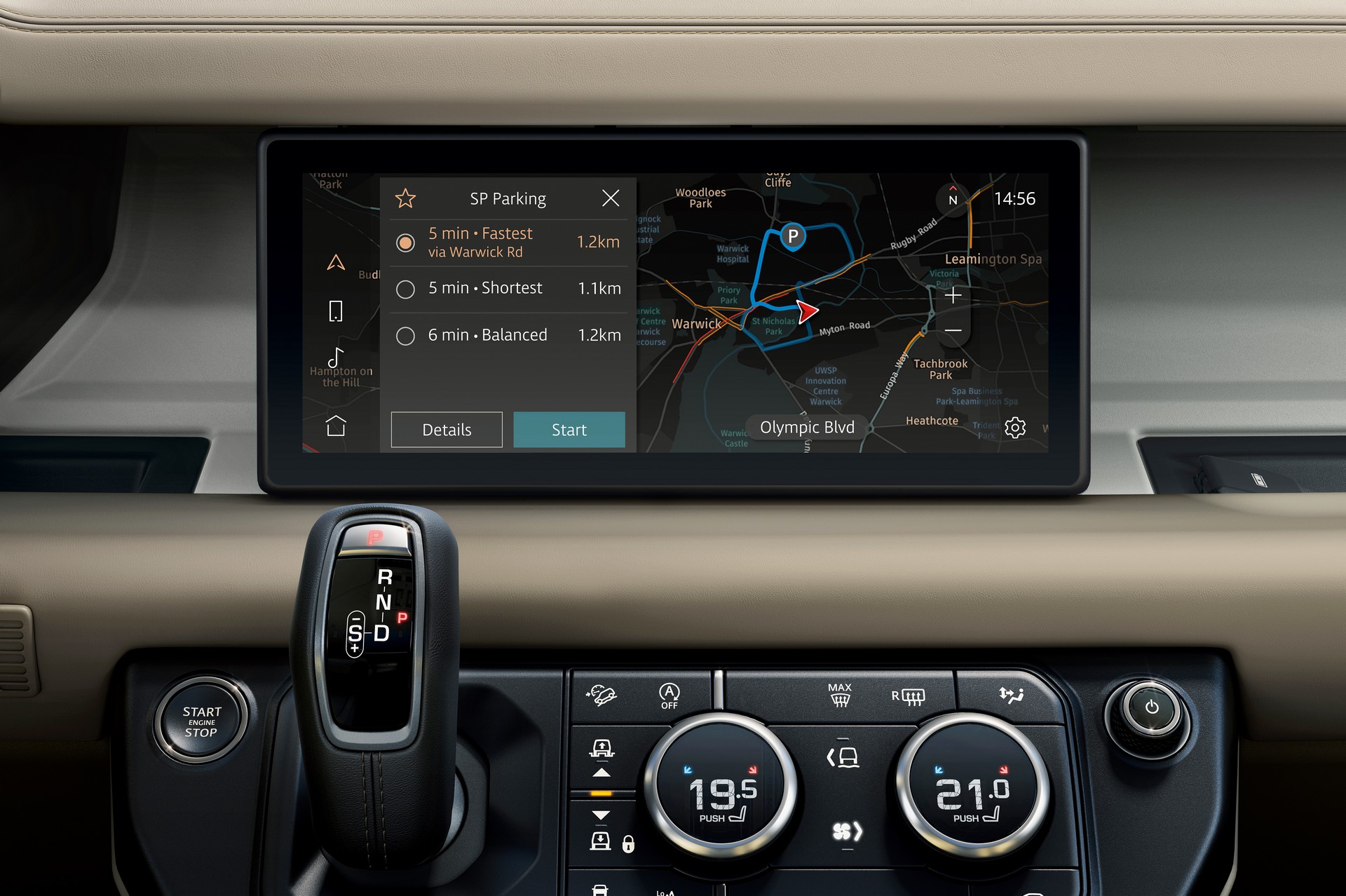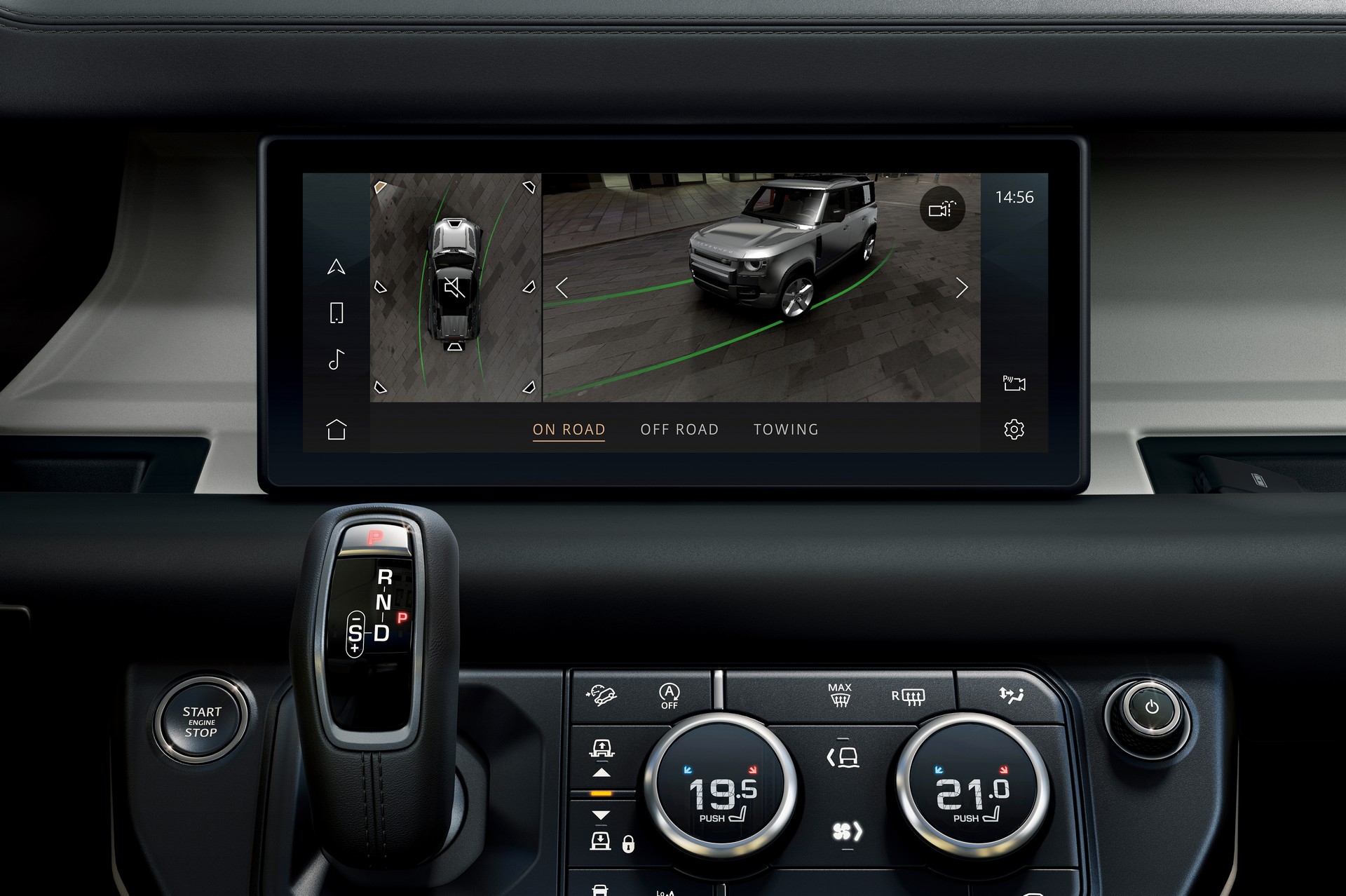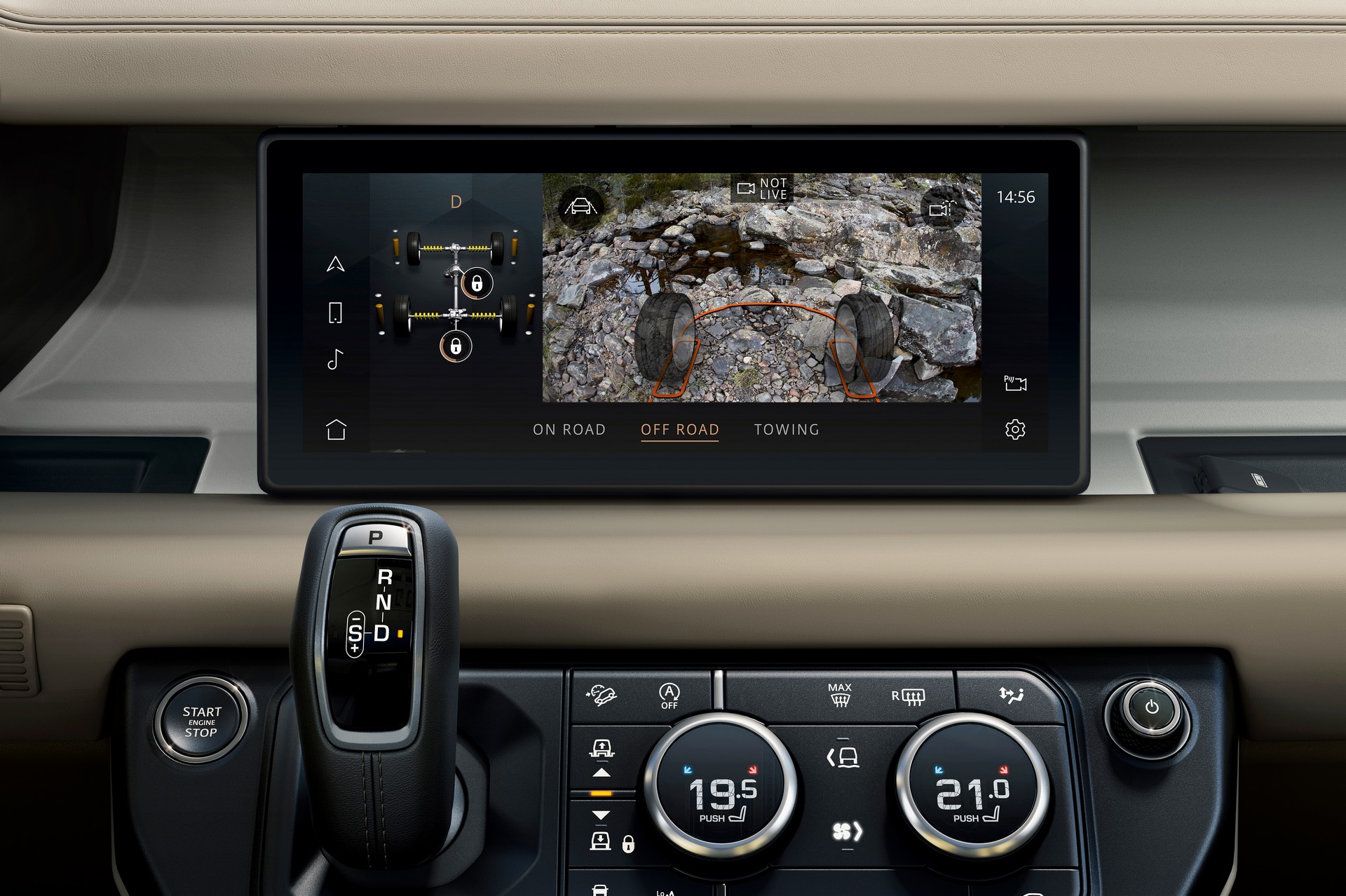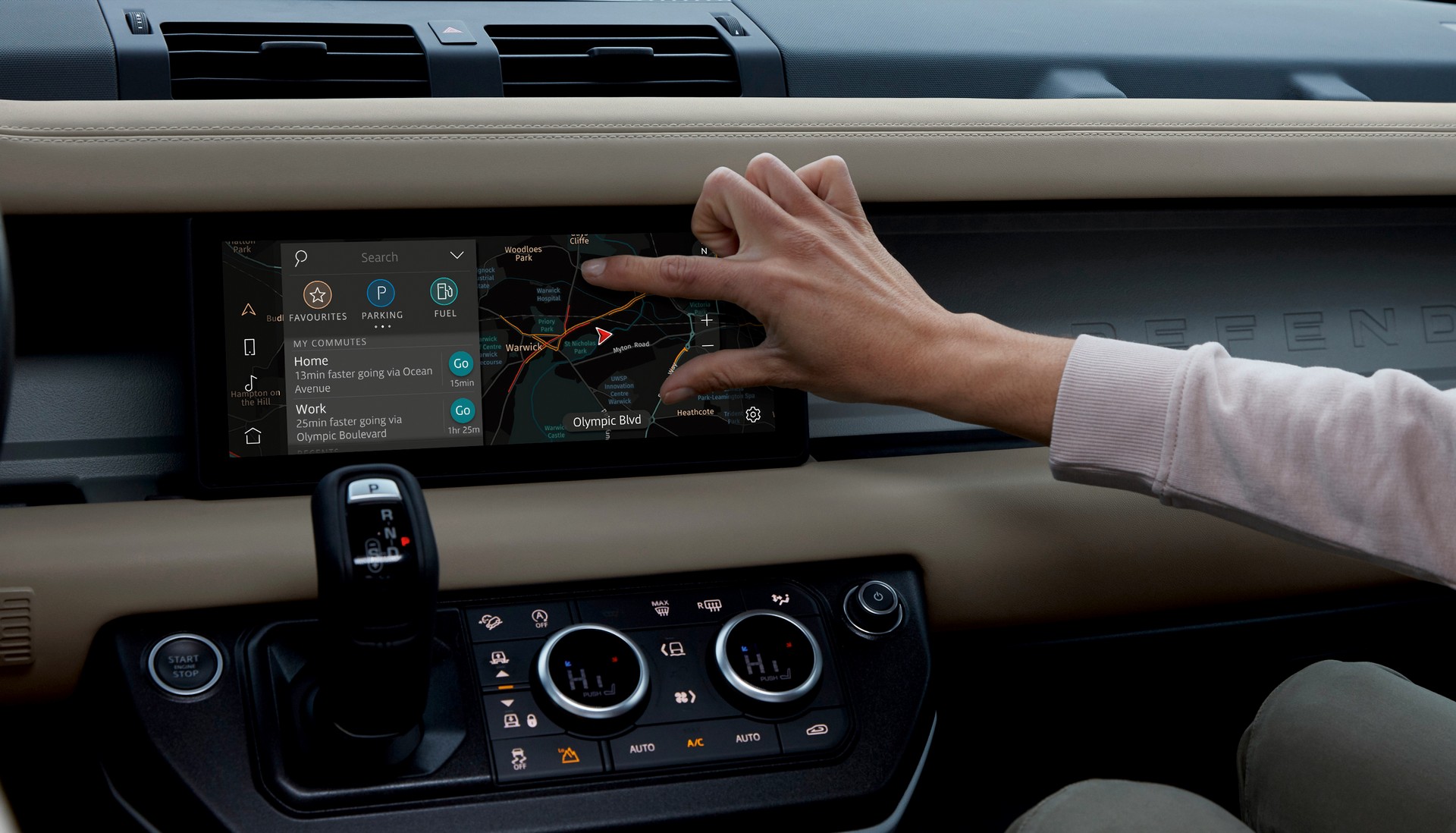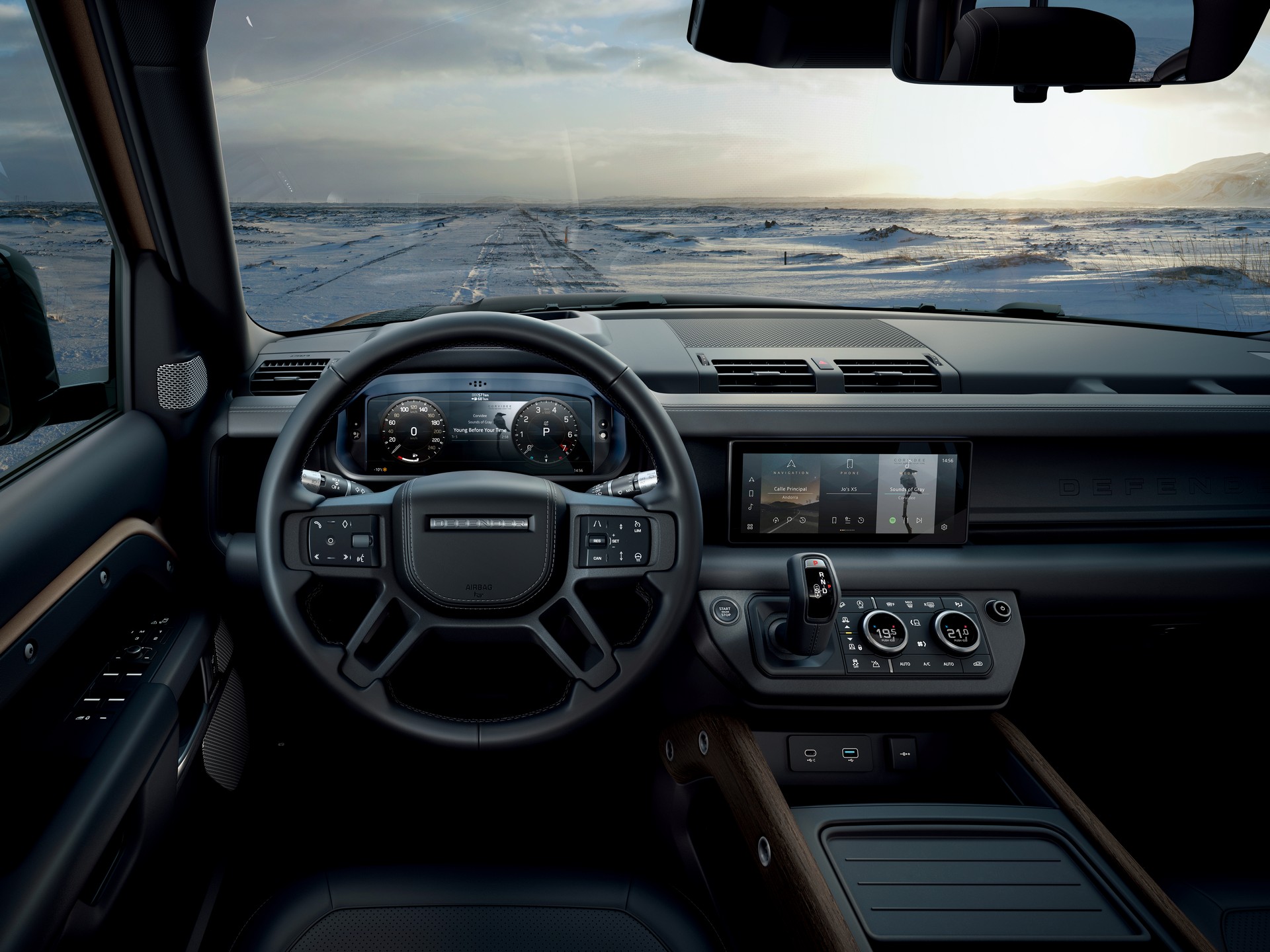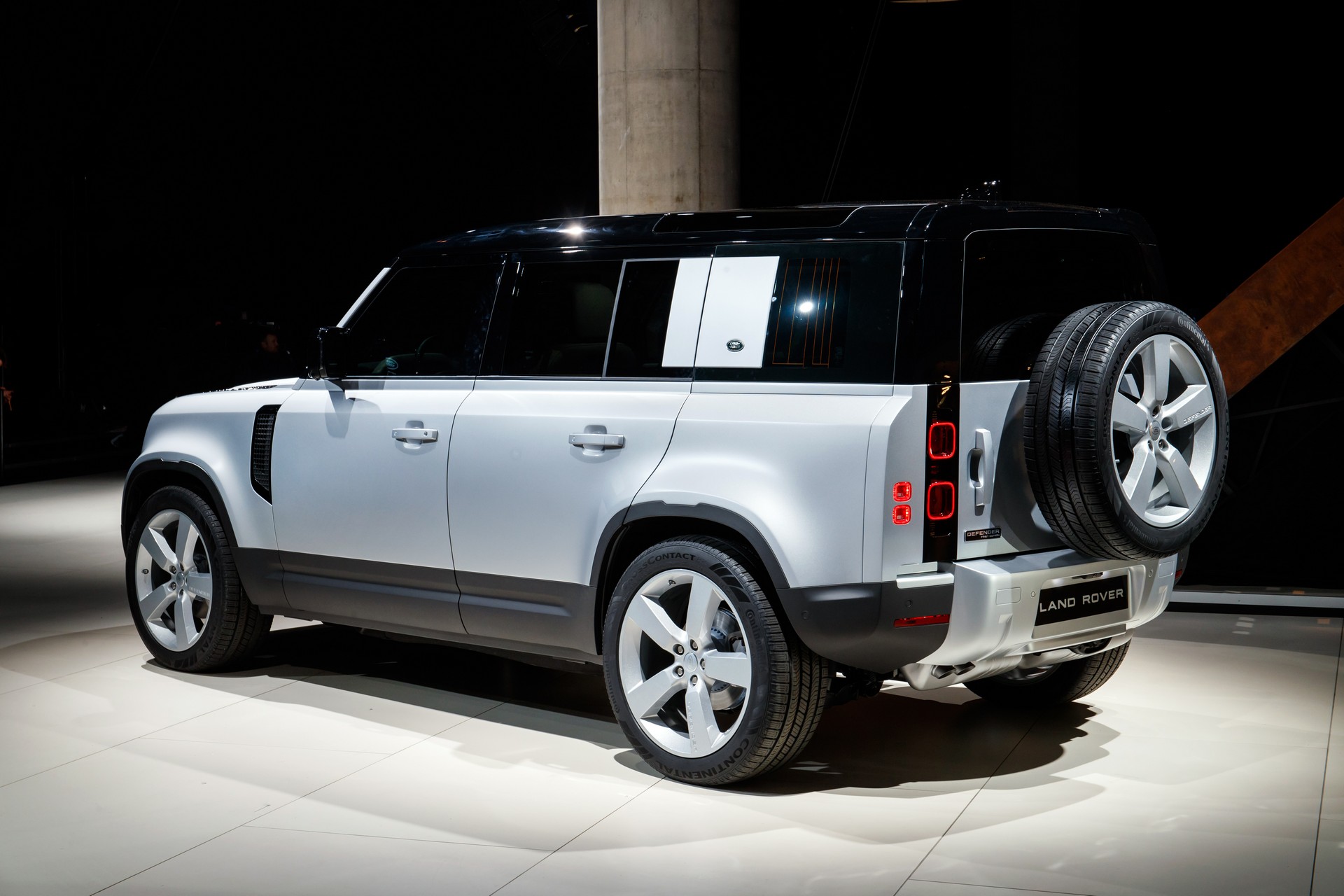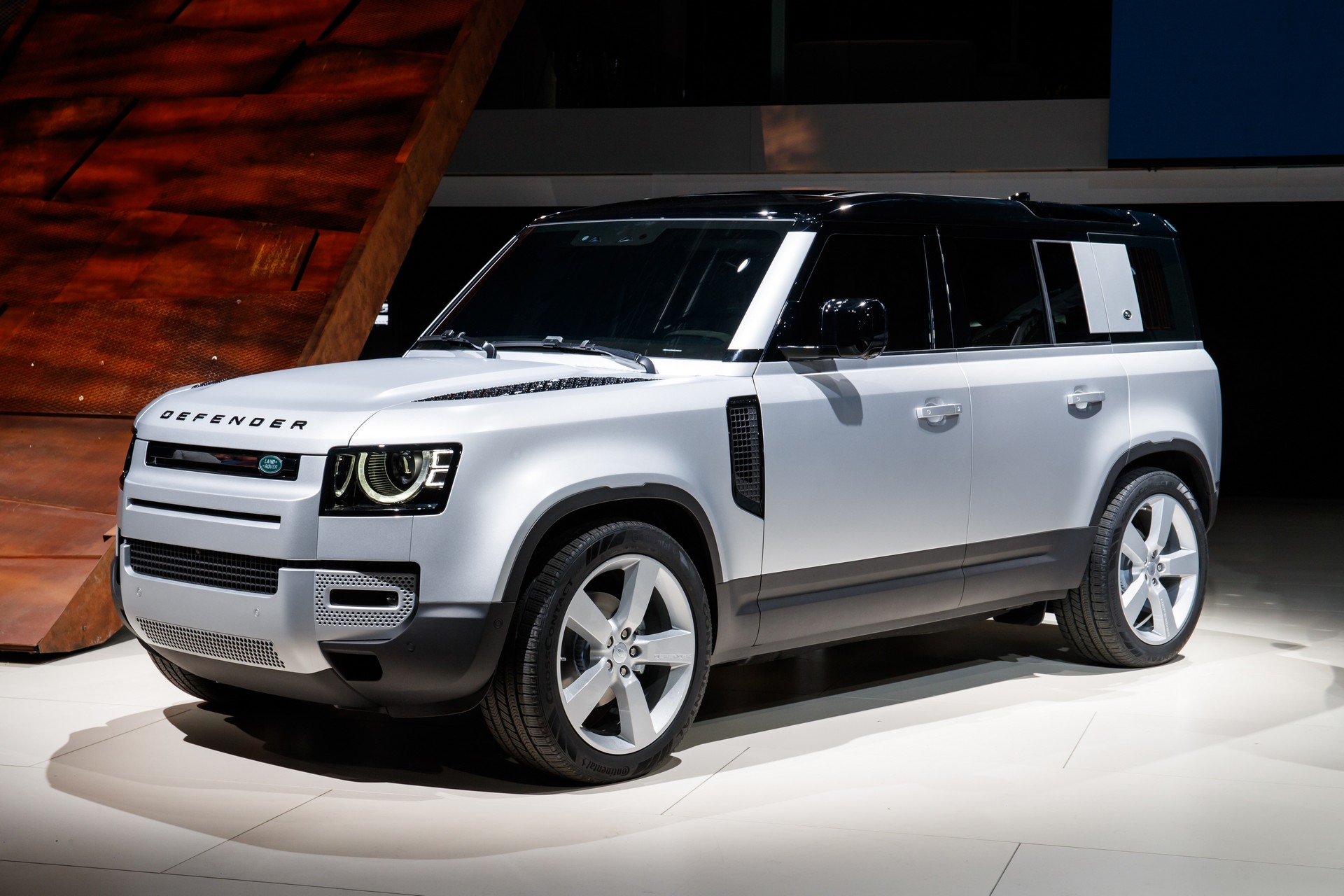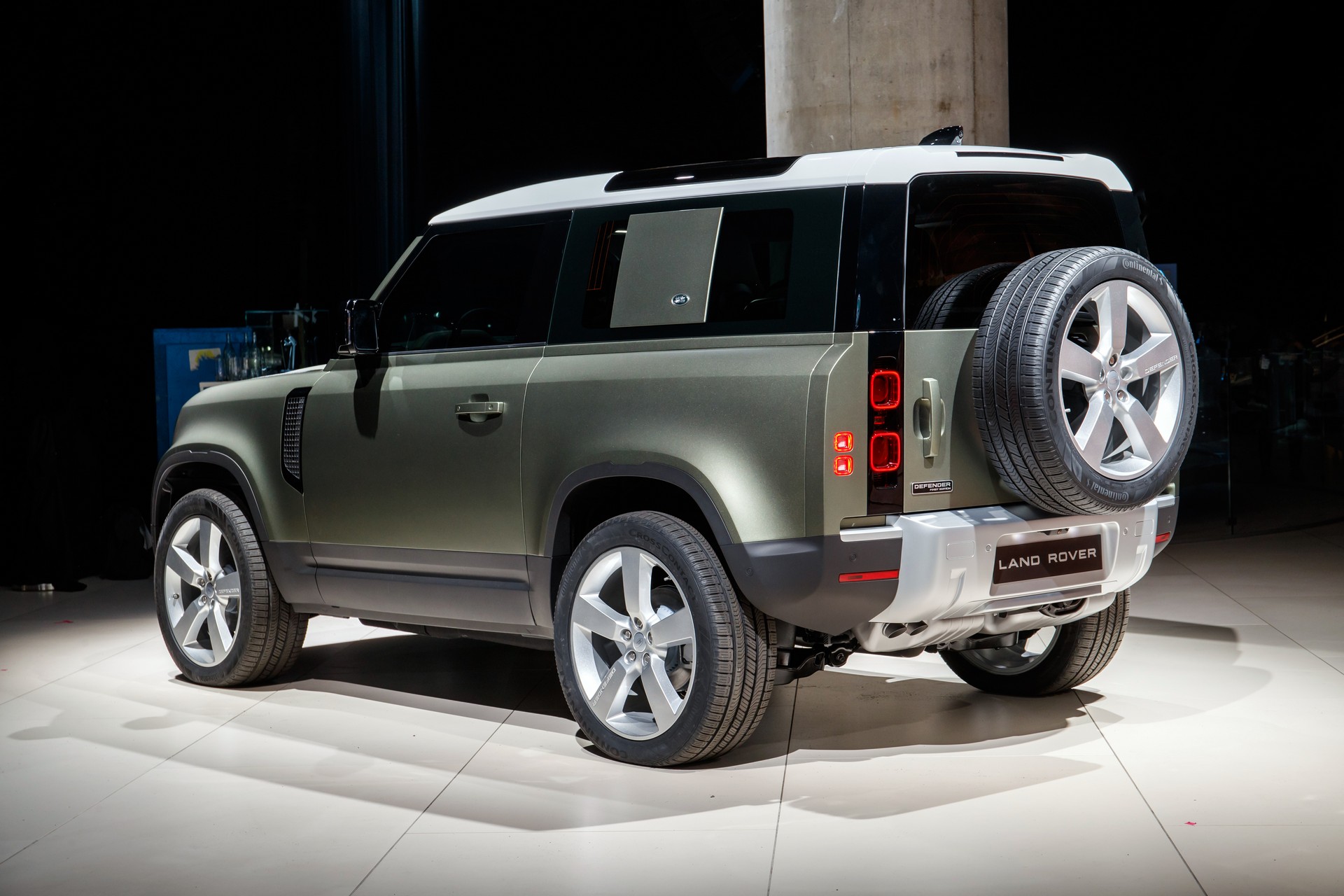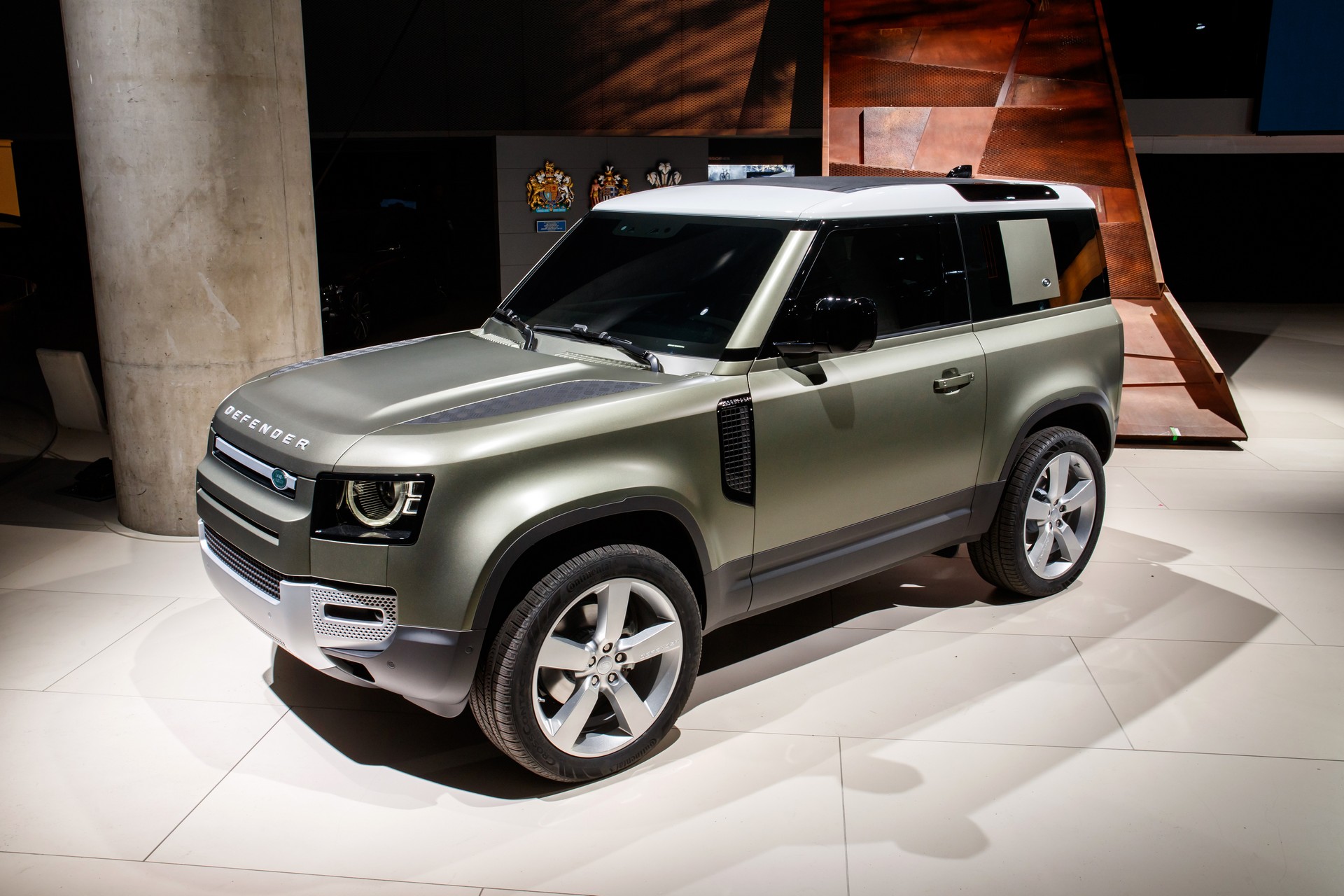The Land Rover Defender is a rugged off-roader, but it’s a lot more high-tech than its styling suggests. In order to reinforce this message, the company is showing the model at CES.
While the Defender is capable of going to the ends of the earth, the model will keep you connected as it’s the first vehicle equipped with two LTE modems. One of the modems is dedicated to supporting the Software-Over-The-Air feature and this means owners can receive updates will still accessing online content through the infotainment system which uses a separate modem and eSIM.
Speaking of updates, the Defender is even more capable than originally projected. When the model was unveiled at the Frankfurt Motor Show last year, Land Rover said 14 electronic control modules would be able to receive updates. However, they’ve increased that number to 16 and believe there could have more than 45 modules available before the end of 2021.
Also Read: 2020 Land Rover Defender Reborn As A Modern 4×4 With Advanced Tech
When many people thing about automotive technology, they often think about the infotainment system. The Defender uses a 10-inch Pivi Pro system which has Qualcomm technology just like many smartphones. The company says this enables the model to have unprecedented performance and immersive graphics.
While the system uses smartphone technology, it runs Blackberry’s QNX operating system rather than Android. QNX is also used for the digital instrument cluster and it allows drivers to see vehicle instrumentation, navigation instructions or a combination of the two.
Getting back to the infotainment system, it’s always powered up thanks to a dedicated battery. This means long boot times are a thing of the past as the system can respond immediately on startup.
In the United States, the 2020 Defender 110 starts at $49,900 and can be equipped with two different engines. The base model features a turbocharged 2.0-liter four-cylinder that develops 296 hp (221 kW / 300 PS) and 295 lb-ft (400 Nm) of torque. It is connected to an eight-speed automatic transmission which enables the model to accelerate from 0-60 mph (0-96 km/h) in 7.7 seconds, before hitting a top speed of 119 mph (191 km/h).
Higher-end variants have a hybridized 3.0-liter six-cylinder engine with 395 hp (295 kW / 400 PS) and 406 lb-ft (550 Nm) of torque. Thanks to the extra power, the 0-60 mph (0-96 km/h) time drops to 5.8 seconds and the top speed increases to 129 mph (208 km/h).




